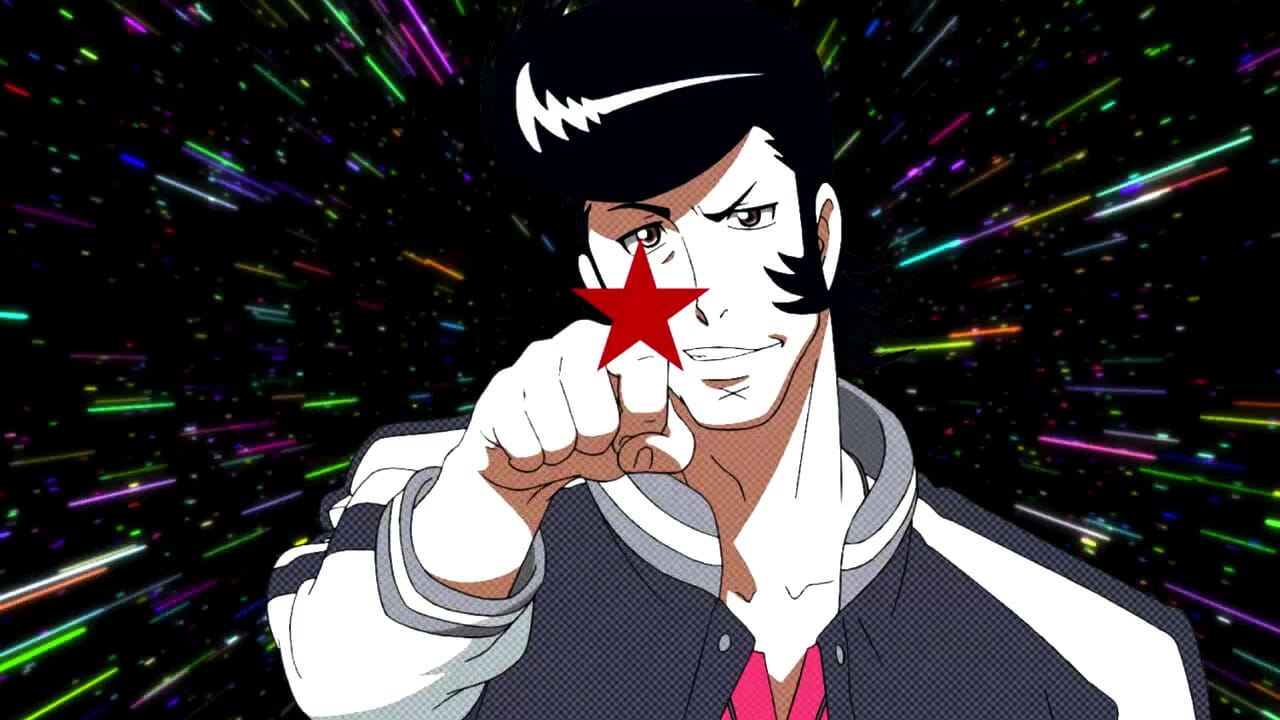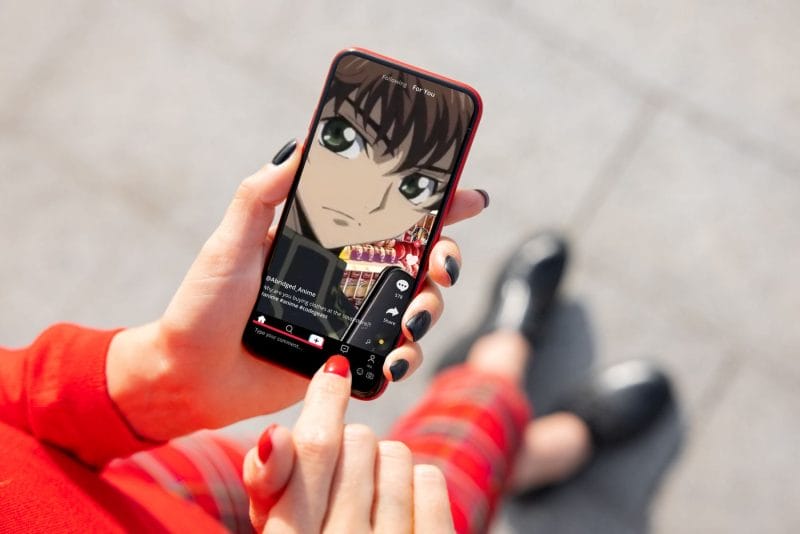In the Winter of 2013-2014, Adult Swim premiered what was perhaps its finest animated series ever. A collaborative effort spearheaded by an out-there animator and the creator of a beloved cult classic, this sci-fi comedy broke the rules of traditional TV storytelling. Using an anarchic multiverse to its advantage, no episode was the slightest bit predictable, yet somehow this comedic chaos came around to moments of striking philosophical profundity without sacrificing the joy of its silly humor.
That same season, Adult Swim also premiered Rick and Morty.
Rick and Morty and Space Dandy are both great cartoons that share more than a few qualities in common. Where Rick and Morty became a breakout smash hit, though, Space Dandy remains under-appreciated. Perhaps it’s unfair to compare the popularity of a heavily-marketed American cartoon to that of an anime, but even by anime standards, Space Dandy was not the hit Adult Swim wanted it to be. A shame, since not only does Space Dandy measure up to Rick and Morty in many ways, it manages to surpass Harmon and Roiland’s sci-fi darling.

As the opening narration puts it, Space Dandy is about “a dandy guy in space.” Alongside his companions, the outdated vacuuming robot QT and the cat-like otaku alien Meow, Dandy travels across the galaxy hunting for unidentified aliens he can register for Woolongs (yes, the same currency as in director Shinichiro Watanabe’s other series Cowboy Bebop and Carole and Tuesday). Dandy rarely succeeds at this job, and when he does, he likes to spend all his earnings at the Hooters-esque “breastaurant” chain BooBies. Unbenownst to him, he’s also being hunted by the Gogol Empire, which bears striking (and intentional) similarities to a certain tech giant.
In the first episode, Dandy pulls on a cosmic string, splitting his existence between universes. Each subsequent installment takes place in a different parallel world. Episodes can end with the main characters, or even the entire universe, dying, only to have everything be fine in the next one. This allows the series to operate as an anthology of sorts, bringing in different writers and directors who are free to experiment with different genres and art styles. This freedom allows for some truly off-the-wall comedic premises, from a High School Musical parody to a sentient Betamax tape inspiring an intergalactic war.
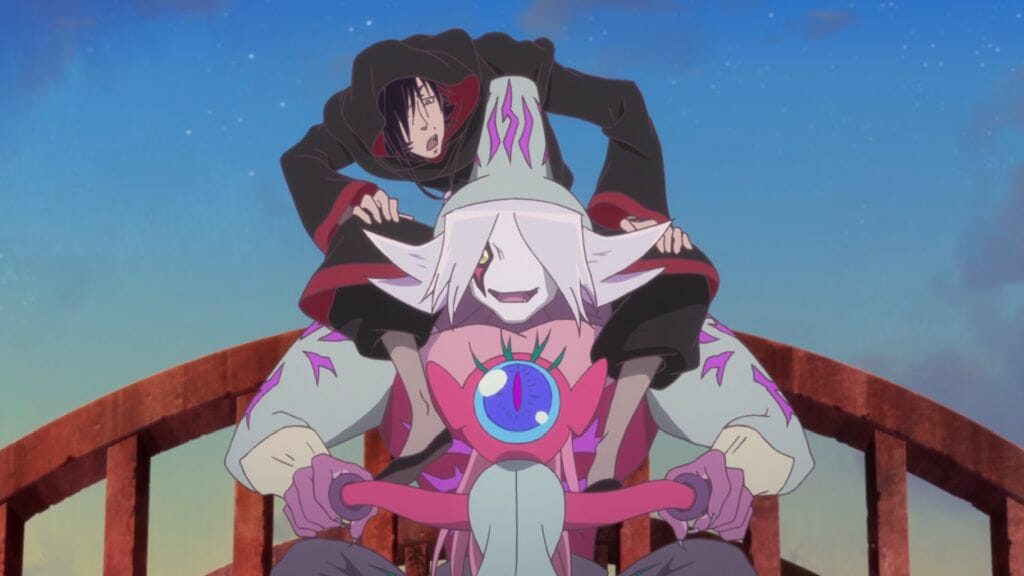
At the same time, this loose approach to continuity doesn’t prevent the show from developing an ongoing story, and the metaphysical world-building can come together for moments of surprising dramatic impact. This is best demonstrated in the episode “A World with No Sadness, Baby,” which takes the show’s up-to-that-point blase attitude towards Dandy’s repeated deaths and twists it into a beautifully surreal meditation on the nature of life, death, joy and sadness.
That balance of absurd comedy and surprisingly impactful storytelling is a quality shared between Space Dandy and Rick and Morty. On this level, the shows are pretty much on equal footing. However, Dandy exceeds Rick and Morty, and nearly all other TV animation, in its visual quality. Watanabe and Shingo Natsume (the director responsible for One-Punch Man Season 1’s similarly stunning animation) wrangled together a team of the best animators in the world. Icons of the anime world, like Sayo Yamamoto (Yuri!! On Ice) and Satoshi Saga (Armitage III), share credits with international talents like French mechanical designer Thomas Romain and Austrian Flash animator Bahi JD. Styles shift between episodes, but you can always rely on Space Dandy to present vibrant colors, creative designs, exciting action, and mind-blowing psychedelic visuals.
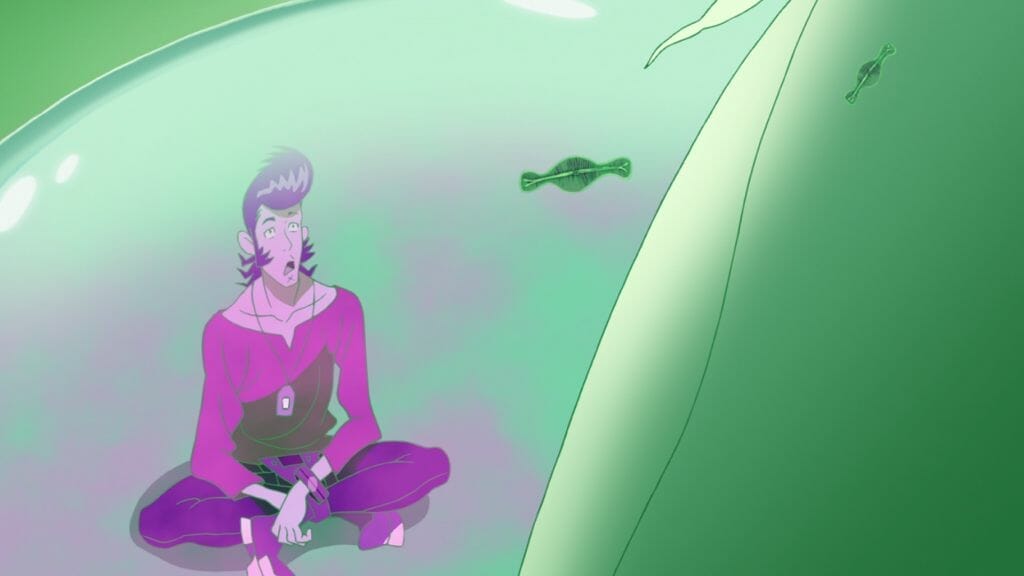
Sadly, not all of Space Dandy’s detractions are unwarranted. Arguably the most off-putting aspect of the first few episodes – particularly for mainstream audiences – is the fan service. The gags in the pilot regarding BooBies might be meta-objectification, but they’re still objectification; the New York Times’ mostly-negative review described these scenes as “cringe-making.” Thankfully, this sort of sexual humor fades in the background as the series goes on, and when it resurfaces, it’s treated much more like Johnny Bravo than Girls Bravo.
It should be noted that, whereas Rick and Morty didn’t have any female writers or directors until Season 3, women played major roles in shaping the identity of Space Dandy. Eight of the series’ twenty-six episodes, including many of the series’ funniest, were written by Kimiko Ueno, and another four were handled by Bebop scribe Keiko Nobumoto. Yuri!! on Ice’s Sayo Yamamoto directed and storyboarded two episodes, while Eunyoung Choi’s episode “Plants Are Living Things Too, Baby” is a stylistic stand-out.
It should be noted that Dandy, himself, is not as deep a character as Rick Sanchez. Whereas Rick and Morty is able to wring genuine pathos from Rick’s self-destructive genius, Dandy is hard to take seriously as a character. Typically, when Space Dandy’s storytelling gets emotional, it’s due to side characters like the lovesick receptionist Scarlet, the lost child Adélie, or the fragile inhabitants of Planet Planta, rather than the protagonist. That’s not to say this is necessarily a bad thing. Whereas too many viewers find themselves sympathizing too deeply with Rick and try to justify his toxic behavior, there’s little chance of anyone trying to defend Dandy’s frequent acts of selfish idiocy.
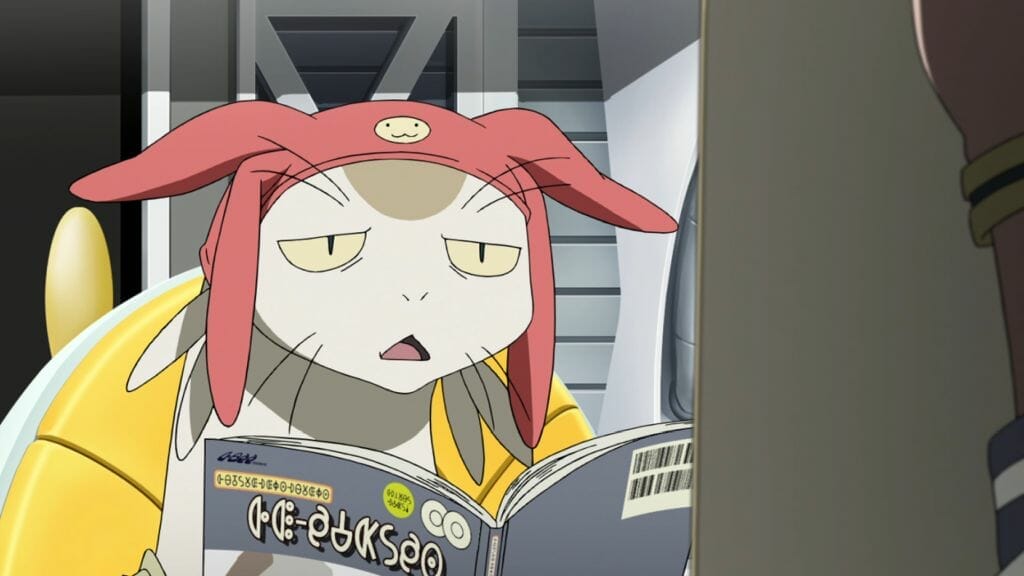
Perhaps the biggest difference between Space Dandy and Rick and Morty, though, is in their general outlook. While both present similarly chaotic universes, Rick and Morty is undoubtedly more nihilistic in its worldview. At times it’s a positive nihilism – the “Go watch TV” speech in “Rixty Minutes” is perhaps the show’s most inspiring moment in that regard. But, in general, it’s less about finding personal meaning than it is about numbing out pain and depression until it can’t be ignored. Space Dandy, meanwhile, adopts an approach that’s more akin to Zen Buddhism. It’s not exactly optimistic, but it’s willing to go with the flow of whatever suffering the multiverse dishes out, even finding the positives in the face of a zombie apocalypse. It’s no coincidence that, in certain timelines, Dandy ends up evolving into a Buddha-like figure himself. Where Rick and Morty is about anxiety in the face of the universe, Space Dandy is about acceptance. The two complement each other beautifully, and if you enjoy the former, you should definitely check out the latter if you missed it.


